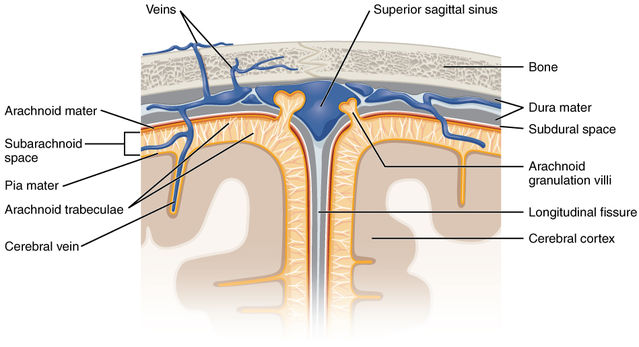Stress
What Are Migraines, Exactly?
How are they different than headaches? And what do they feel like?
Posted October 24, 2016 Reviewed by Abigail Fagan

I am lucky to have never experienced a migraine before. *knocks on wood*
But 15% of the world's population suffers from migraines, and those folks will easily rattle off all of the painful symptoms: pulsating pain — sometimes localized to one side of the head — often accompanied by sensitivity to light, sound, or smell. Some also experience nausea. About one-third of migraine sufferers perceive auras before the onset of pain, or brief periods of strange visuals, scents, or confusing thoughts.
In more lay terms, Huffington Post columnist Lisa Belkin once described a migraine as feeling "like you are trying to give birth through your forehead."
But what exactly causes migraines, and how are they different from headaches?
It's important to know that although the brain perceives pain from all parts of the body, the brain itself does not feel pain. The brain lacks nociceptors, or specialized sensory nerve fibers that transmit pain signals, which are present in our skin, muscles, and joints.
Headaches, then, are not pain in the brain, but rather activation of nociceptors located in the layers between the brain and the skull: the pia mater and dura mater (collectively, the meninges):

As you can see from the image above, these layers are highly vascularized, or contain many blood vessels. Common headaches are triggered by fatigue, stress, head injury, or medications which, one way or another, lead to dilation of blood vessels, blood vessel spasms, or inflammation of the meninges.
While the source of pain in migraines is similar to that of headaches, migraines are actually thought to originate in the brain. Many specialists believe auras are caused by sudden increased, then decreased, neural activity in the cortex (outer layer) of the brain.
The activation of these nerves releases a number of proteins, such as serotonin, which can cause inflammation to the meninges as well as dilate blood vessels. A family of migraine medications called triptans work by constricting blood vessels and blocking serotonin. Many people report that "triggers," such as certain foods or changes in the weather, will reliably cause the onset of their migraines, though it is not entirely clear why this happens.
Do you suffer from migraines? Are there specific things that "trigger" your migraines? What treatments work for you (or don't work)? Let me know in the comments.


